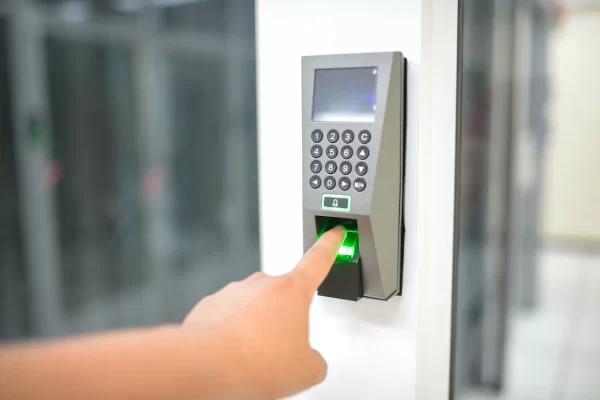At present, security breaches and cyberattacks pose significant threats to the financial sector. Banks, in particular, are prime targets for hackers due to the potential financial gain from successful breaches.
Just last November, as reported by WCNC, a data breach led to the leak of several Bank of America customer’s data. The leak took place at Infosys McCamish Systems LLC (IMS), a firm that provides deferred compensation plan services for the bank.
That same month, Fox Business reported that hackers hacked into the Wall Street arm of Chinese banking giant ICBC. This was a ransomware attack that experts claim was the doing of the Russian hacking group LockBit.
One thing is for certain – as technology evolves, so do the tactics of cybercriminals. This makes it imperative for banks to continually enhance their security measures. A crucial aspect of this is access control – the process of managing who can access what information within a banking system. Here are a few strategies banks can adopt to implement advanced access control measures effectively.

Implement Multi-Factor Authentication (MFA)
In the modern day, MFA is vital in strengthening security protocols and augmenting protection beyond mere username and password combinations. Typically, it amalgamates elements of user knowledge like passwords with possessions like smartphones for code verification.
These days, MFA systems also use inherent traits like fingerprints for the ID verification process. Facial recognition is also being used for MFA. As told by AU10TIX, facial recognition is not only great for access control. It is also an amazing way of identifying potential threats.
That means banks can use facial recognition to identify people who should stay the furthest away from restricted areas. Such a multi-layered approach significantly mitigates the risk of unauthorized access, even in instances where one authentication factor is compromised.
Utilize Role-Based Access Control (RBAC)
Role-based access control is a method of restricting system access based on the roles of individual users within an organization. Instead of granting access to specific users, access rights are assigned based on roles, such as tellers, managers, or administrators. This approach ensures that users only have access to the resources necessary for their roles, reducing the risk of unauthorized data exposure or manipulation.
Advanced RBAC systems can dynamically adjust access permissions based on changes in an employee’s role or responsibilities within the organization. By automating these adjustments, banks can streamline access management processes while maintaining strict security controls.
Employ Behavioral Analytics
Behavioral analytics is an advanced security measure that monitors user behavior to detect anomalies indicative of unauthorized access or malicious activity. By analyzing factors such as login times, locations, device types, and typical usage patterns, banks can create profiles of normal user behavior. Deviations from these patterns can trigger alerts for further investigation, potentially thwarting a security breach before it occurs.
As explained by Forbes, behavioral analytics systems often leverage machine learning algorithms to continuously adapt and refine their understanding of normal behavior. This helps the systems improve accuracy in detecting anomalies over time. By integrating these systems into their access control frameworks, banks can proactively identify and mitigate security threats.
Establish Privileged Access Management (PAM)
Privileged access management is a security framework that focuses on controlling and monitoring the access rights of privileged users, such as system administrators. These users typically have elevated permissions that, if compromised, could result in severe consequences for the bank’s security and operations.
Modern PAM solutions enforce strict controls over privileged accounts, including robust authentication mechanisms, session monitoring, and least privilege principles. This limits user access to only what is necessary for performing specific tasks. By tightly managing privileged access, banks can reduce the risk of insider threats and external attacks targeting high-value accounts.
Deploy Continuous Authentication Technologies
Traditional authentication methods rely on a single authentication event at login, assuming that the user’s identity remains constant throughout the session. However, this approach can be vulnerable to attacks such as credential theft or session hijacking. Continuous authentication addresses this vulnerability by continuously verifying the user’s identity throughout their session using various factors like biometrics, keystroke dynamics, or behavioral patterns.
Machine learning-incorporated continuous authentication technologies assess the risk level dynamically based on real-time user interactions and environmental factors. If the system detects any suspicious activity, it can prompt for additional authentication or terminate the session to prevent unauthorized access.
In conclusion, the adoption of advanced access control measures is essential for banks to safeguard their systems and data against evolving cyber threats. By implementing the strategies discussed above, banks can significantly enhance their security posture while enabling seamless access for authorized users. As cyberattacks continue to evolve, banks must remain vigilant and proactive in implementing robust access control measures to protect their assets.
 Gearfuse Technology, Science, Culture & More
Gearfuse Technology, Science, Culture & More

